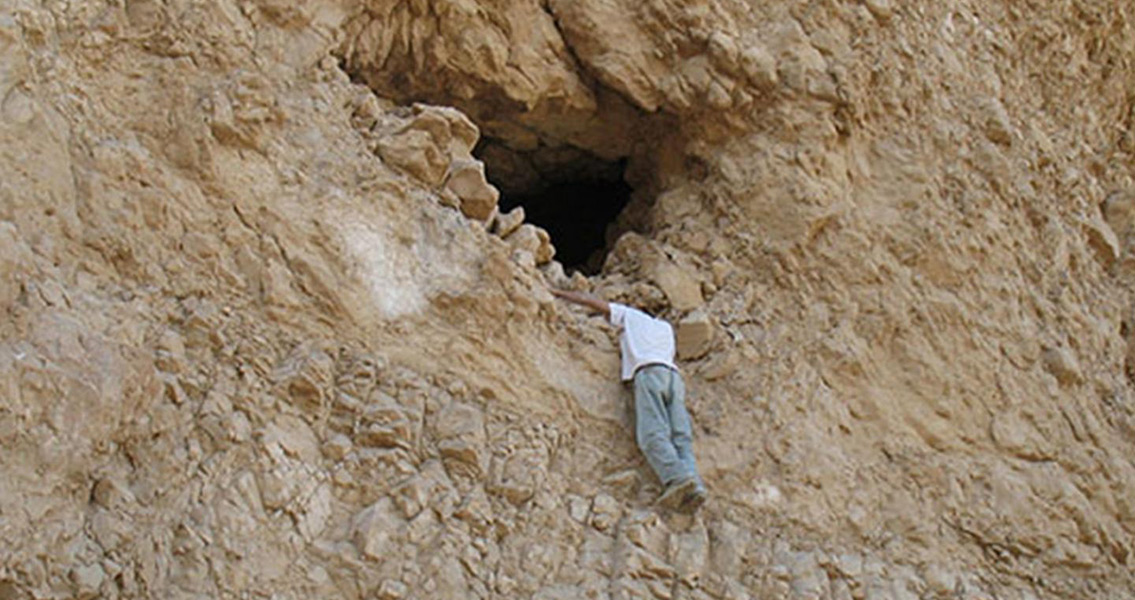<![CDATA[For the first time, researchers have successfully sequenced the genome (the entire set of genes in a cell) of 6,000-year-old Chalcolithic barley seeds, the oldest plant genome ever reconstructed. The ancient grains of barley were recovered from Yoram Cave, which is located in the Judean Desert, on the cliff of the Masada fortress in Israel. Genetically speaking, the prehistoric barley is very much like the barley grown today in the Southern Levant, which supports the hypothesis that barley domestication happened in the Upper Jordan Valley. "These archaeological remains provided a unique opportunity for us to finally sequence a Chalcolithic plant genome. The genetic material has been well-preserved for several millennia due to the extreme dryness of the region," Ehud Weiss, with Bar-Ilan University, said in a press release. To find the age of the seeds, researchers divided the grains into two groups, subjecting one group to radiocarbon dating while extracting the DNA from the other. The ancient DNA functions like a time capsule, allowing researchers to study the domestication of crops at specific times in history. Barley and wheat were already being grown 10,000 years ago in the Fertile Crescent, a region that stretches from Iran and present-day Iraq, across Syria and Turkey and into Lebanon, Israel and Jordan. To this day, the wild varieties of these crops persist there and continue to be studied. "Our analyses show that the seeds cultivated 6,000 years ago greatly differ genetically from the wild forms we find today in the region. However, they show considerable genetic overlap with present-day domesticated lines from the region, this demonstrates that the domestication of barley in the Fertile Crescent was already well advanced very early," Nils Stein, with the Leibniz Institute of Plant Genetics and Crop Plant Research, Gatersleben, explained in the press release. The genetic overlap with modern domesticated crop lines from the area is also revealing to the research team. That there is any similarity at all is amazing, considering how the climate, the local fauna and flora, and the agricultural methods have all changed so drastically. What this overlap suggests to researchers is that people coming into the area, immigrants and conquerors alike, didn’t bring crop seeds from their former homelands, but continued to cultivate the crop plants that were already adapted to the local conditions. “Combining archaeology, archaeobotany, genetics and computational genomics in an interdisciplinary study has produced novel insights into the origins of our crop plants. This is just the beginning of a new and exciting line of research. DNA-analysis of archaeological remains of prehistoric plants will provide us with novel insights into the origin, domestication and spread of crop plants." Verena Schuenemann, with Tuebingen University, states in the study. Research team members on the project came from a variety of different institutions from across the globe, including the Leibniz Institute of Plant Genetics and Crop Plant Research in (Germany), Bar-Ilan University (Israel), Hebrew University (Israel), the Max Planck Institute for the Science of Human History (Germany), the University of Haifa (Israel), The James Hutton Institute (United Kingdom), University of California (United States), University of Minnesota St. Paul (United States), and University of Tübingen (Germany). The study has been published in Nature Genetics. Image courtesy of Prof. Ehud Weiss ]]>
It Takes Global Collaboration to Sequence a 6,000-year-old Seed
